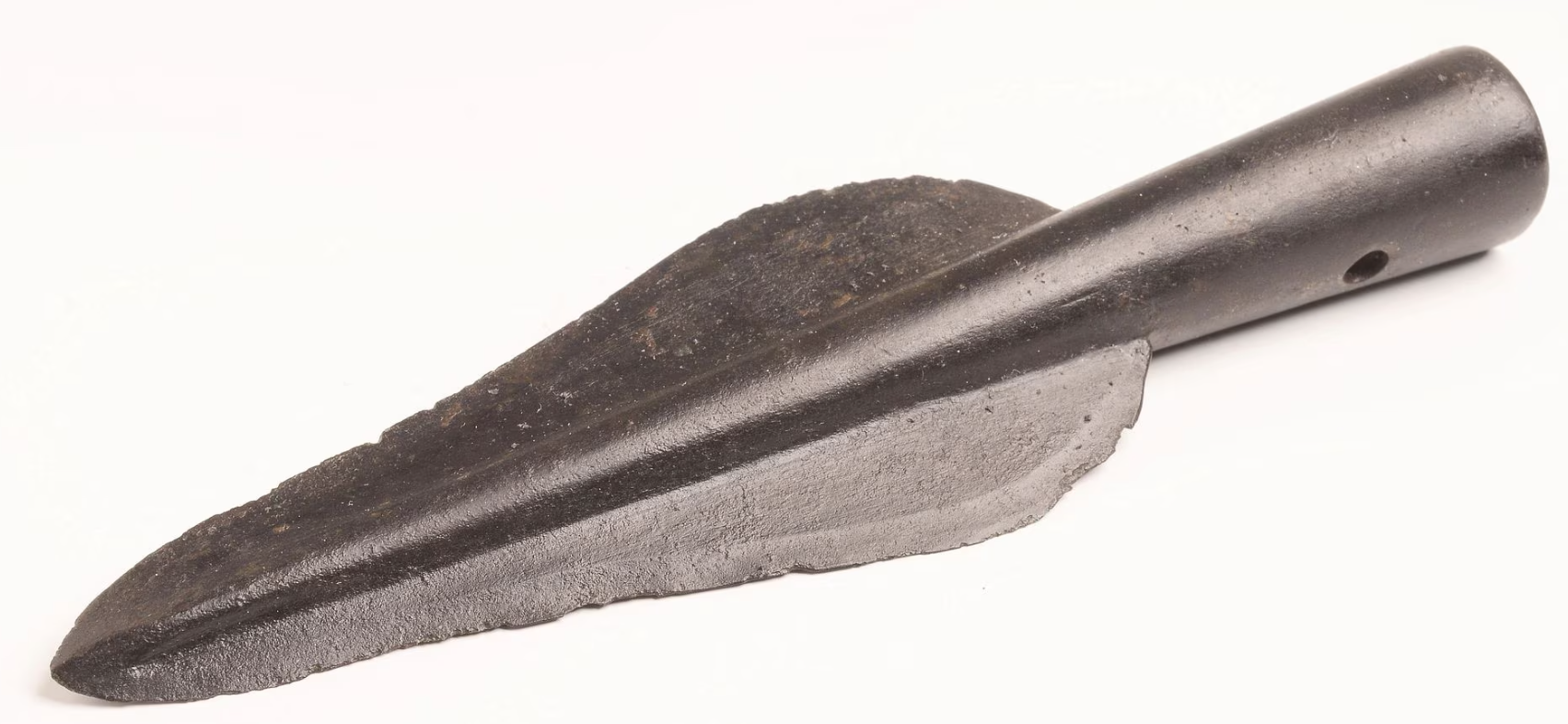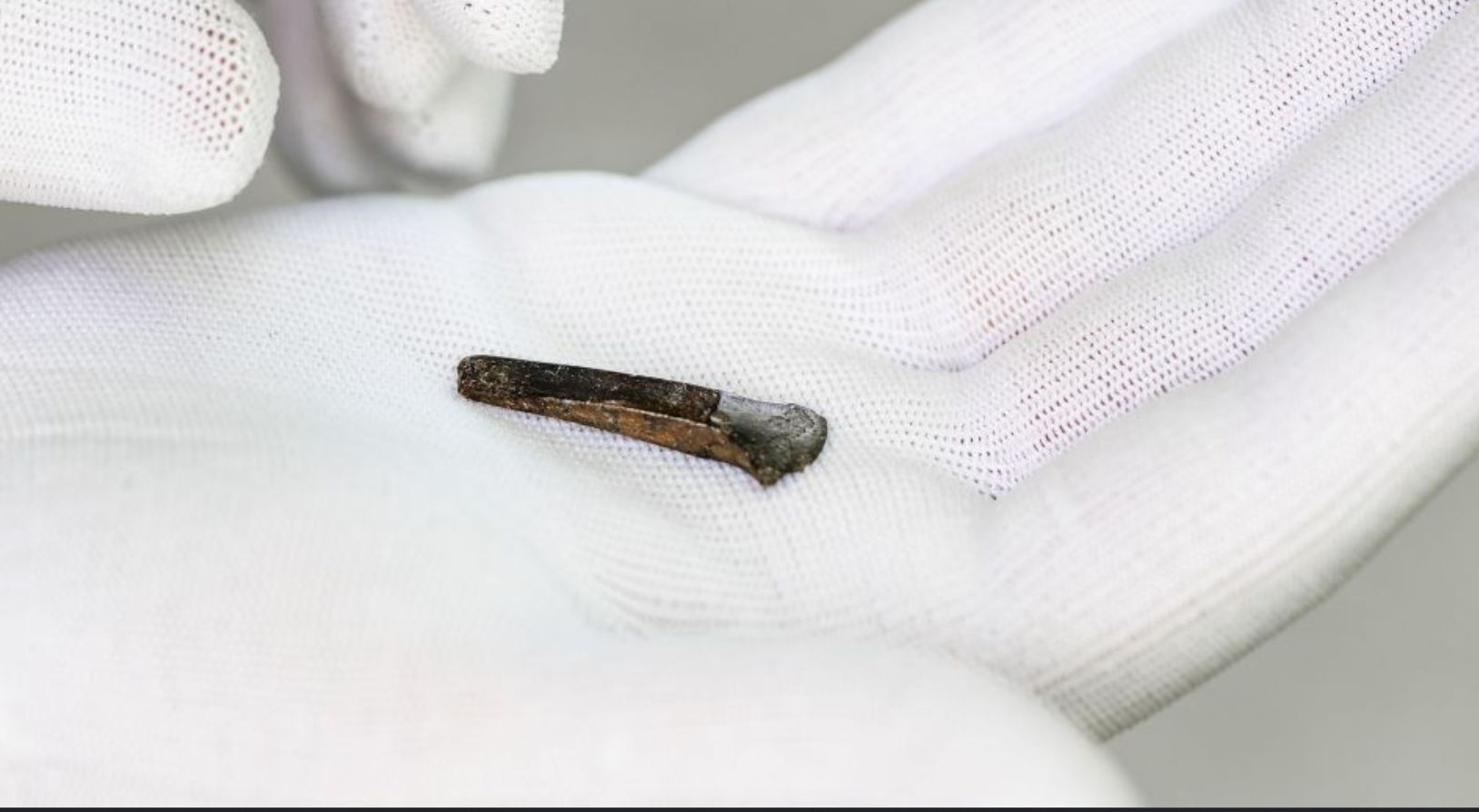Dobré počtení, díky 
Archaeologists uncover 4,000-year-old 'Stonehenge of the Netherlands' with huge surprise
Categories: Nálezy nejenom s detektorem v západní Evropě
During rescue research ahead of a planned development near the town of Tiel, near Utrecht, archaeologists uncovered an approximately 4,000-year-old religious sitenicknamed the "Stonehenge of the Netherlands" with dozens of burials full of unique objects and a solar calendar in the form of a large mound.
The first excavation work began in 2017, but the results were only released last week Wednesday. It took archaeologists six years to examine and catalogue more than a million excavated objects dating from the Stone Age, Bronze Age, Iron Age, the Roman Empire and throughout the Middle Ages.
The prehistoric mound contained the remains of about 60 men, women and children. It had several passages through which the sun's rays shone on the longest and shortest days of the year. In these passages, archaeologists have found offerings, including animal skeletons, human skulls and valuable objects such as a bronze spearhead or a miniature axe.
Differences in the composition and color of the clay led scientists to discover two other smaller burial mounds. The largest and main mound, 20 metres in diameter, also served as a solar calendar, similar to the famous stones of Stonehenge in England. "This shrine must have been a very important place where people recorded special days of the year, performed rituals and buried their dead. There were rows of stakes on either side along the paths used in processions," the archaeologists added, adding that all three barrows were used as burial sites for at least 800 years.
One grave contained the remains of a woman buried with a glass bead from Mesopotamia. It is the oldest bead ever discovered in the Netherlands. According to archaeologists, it proves that people from the area were in contact with people over 5,000 kilometres away. "This bead travelled a distance of about 5,000 kilometres four millennia ago," said lead archaeologist Cristian van der Linde.
"Glass was not made here, so the bead must have been a spectacular object, because it was an unknown material for humans," added Stijn Arnoldussen, a professor at the University of Groningen. "Even at that time, things were being exchanged. The marble could have travelled between people for hundreds of years before it reached Thiel, but of course it didn't have to," the professor concluded.
After the excavation was completed, the site was covered again to allow for a break in the construction work. Some of the discoveries will be exhibited at the local museum in Tiel and at the Dutch National Museum of Antiquities.
Video
Roman Nemec
Sources: archaeology.org, theguardian.com, cnn.com, reuters.com

Bronze spearhead

A miniature axe in one of the graves

The oldest glass bead in the Netherlands

An artistic recreation of the original appearance

A visualisation of the cairn

The site with the cairn and the excavations
The article is included in categories:
- Archive of articles > Archaeology > Finds and rescue research abroad > Nálezy nejenom s detektorem v západní Evropě
Post
Ten korálek je bomb, právě si jen tak něco čtu o prvopočátcích sklářství a o ,,zatím‘‘ nejstarším skleněném nálezu v Čechách. Tím je skleněná perla z únětického hrobu v Polepech u Kolína. Barva jasně zelená. No a tady je její sestra. Co takhle na té naší udělat zkoušku a zjistit odkud je.  Anglický archeolog JFS Stone tyhle perly objevil s nálezy v Egyptě datované do Staré říše cca 2800 B.C..
Anglický archeolog JFS Stone tyhle perly objevil s nálezy v Egyptě datované do Staré říše cca 2800 B.C..






